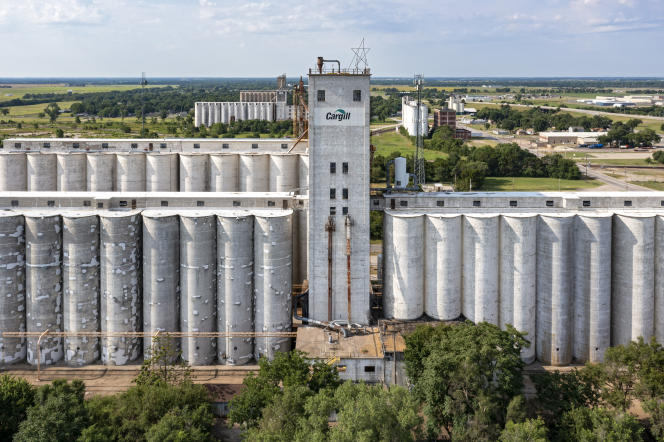It is one of the unthought of the political response to the world food crisis and to inflation. At a time when the planet is experiencing a new rise in hunger since the Covid-19 pandemic, aggravated by the war in Ukraine, and growing food insecurity, the responsibility of speculators – often absent from the debates – is once again questioned. The role of speculative activities on world food prices was highlighted during the 2007-2008 food riots in Africa and Asia. But since then, regulatory measures have been insufficient.
In a joint analysis published on Tuesday June 13, the NGOs CCFD-Terre solidaire and Foodwatch denounce the “financialisation of agricultural commodity markets”. “As in 2008 and 2011, food crises remain an opportunity to make significant profits for certain actors”they write, denouncing “considerable lack of transparency”Datas “largely insufficient” And “indicators that are too imprecise to identify all of the players involved”.
The two associations worked from weekly public data on the Paris-based Euronext wheat futures market, the Matif price (for “French international futures market”) of wheat, by analyzing the evolution of the position of the various actors from January 2020 to September 2022. “We focused on this period marked by the pandemic and the war in Ukraine, because it is in times of crisis that a market attracts financial players and speculators”says Lorine Azoulai, advocacy officer at CCFD-Terre solidaire.
A vocation of price insurance
At the beginning of the period studied, at the beginning of 2020, commercial actors, i.e. the physical sellers and buyers of wheat, occupied around three quarters of the market positions; at the end of September 2022, they only occupied a little more than half, giving way to financial players (investment funds, credit institutions, insurance companies, collective investment funds, etc.). “If we just look at purchases, the gap widens furthercontinues Lorine Azoulai. At the end of September 2022, financial players occupied more than half of the long positions, and at certain periods, such as June 2022, more than three quarters. »
Futures markets, which exist alongside physical markets, were originally intended for price insurance, to allow sellers or buyers to enter into a contract for a transaction for a given volume and a fixed price. “The problem is that in times of crisis, the social purpose of the futures market, hedging activities, becomes very much in the minoritynotes Lorine Azoulai. In the first week of June 2022, they represented only 20% of purchases, the remaining 80% being speculative purchases. »
You have 64.84% of this article left to read. The following is for subscribers only.
